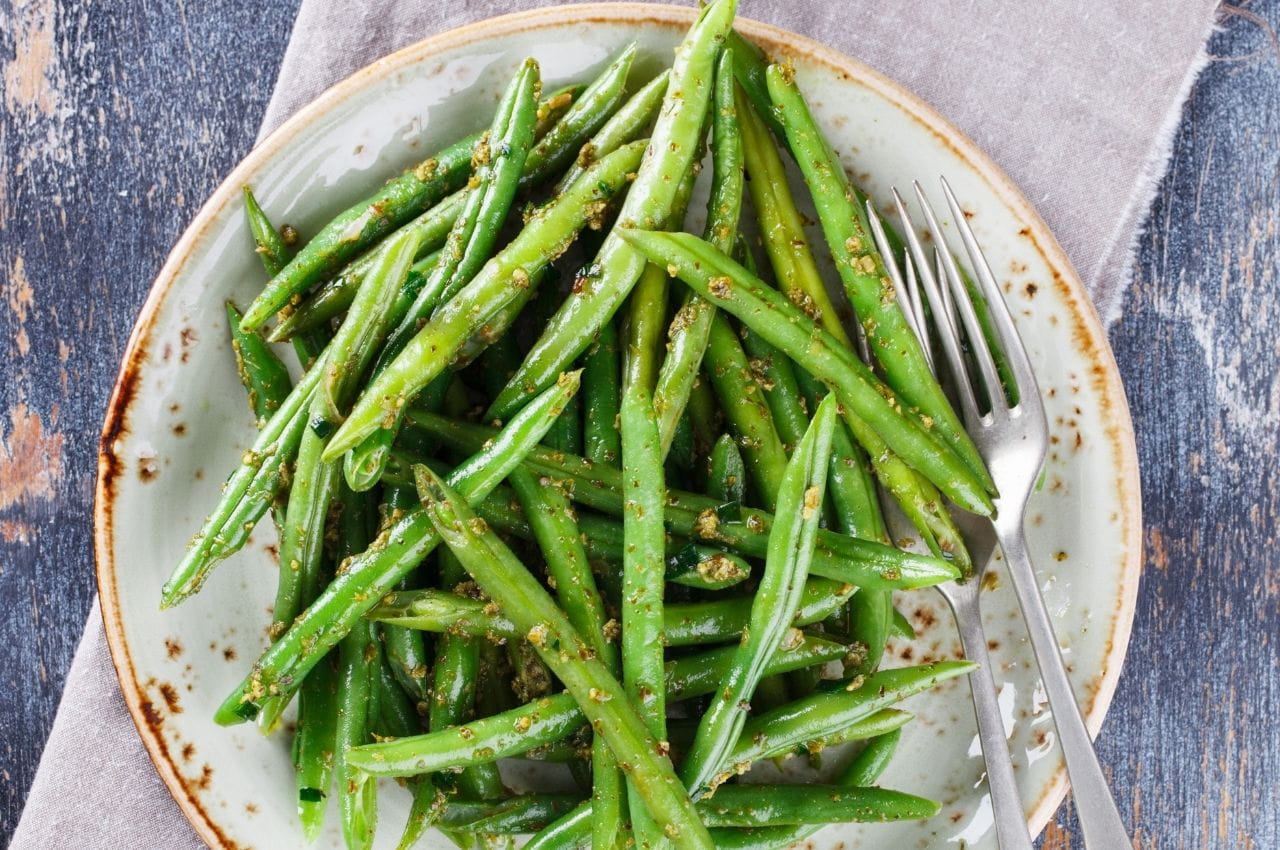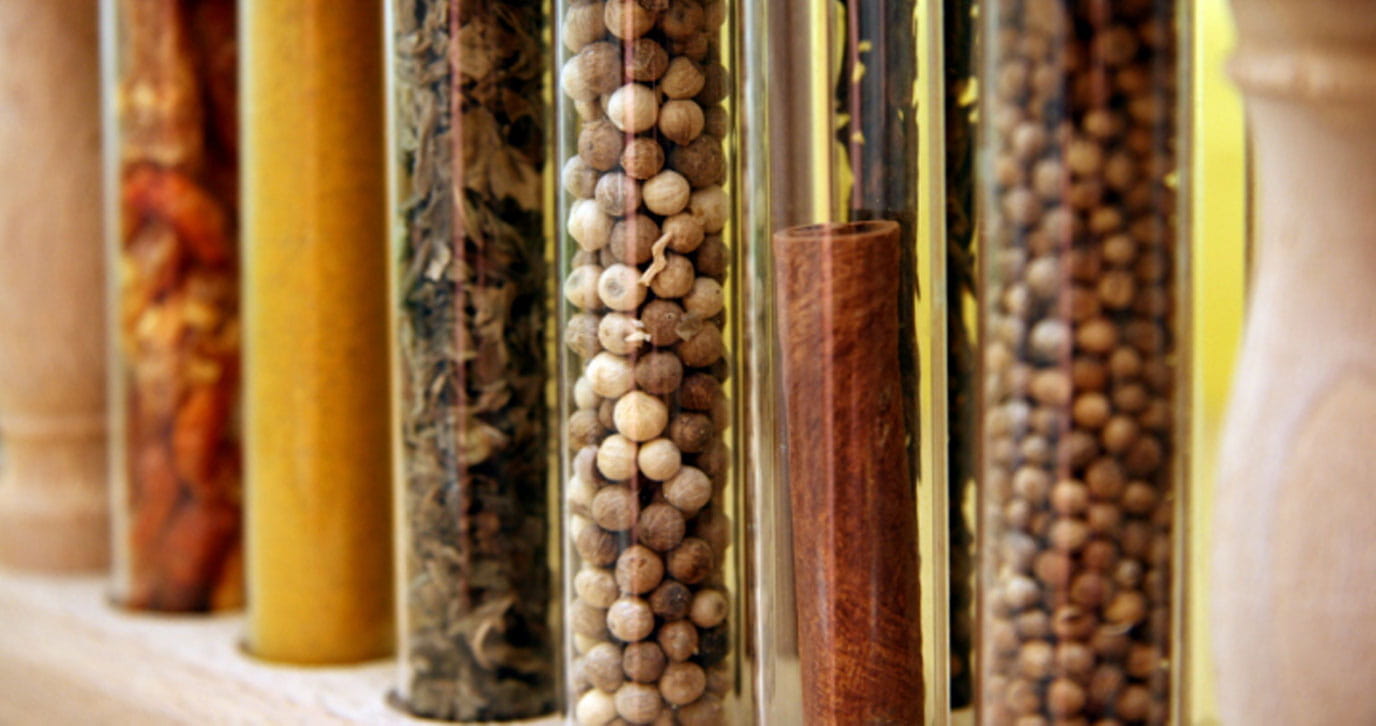October, 2025
A novel turmeric drying approach based on supercritical carbon dioxideLarger serving size and seasoning’s role in consumer behaviors toward vegetables
Luu L, Lee S-Y, Nickols-Richardson S.S. and Chapman-Novakofski K

Overview
A diet rich in vegetables provides many nutrients such as vitamins, minerals, and fiber; as a result, eating vegetables could reduce the risk of chronic diseases. However, very few Americans consume enough vegetables daily, and average intake falls significantly below national recommendations. This study aimed to examine the effectiveness of seasoning and increased portion sizes on vegetable consumption in a US adult population.
Methods
An observational study was conducted in a commercial cafeteria that provided options of steamed or seasoned green beans, broccoli, cauliflower, and carrots (n= 890). The portion size was 8-oz, double the standard vegetable size (4-oz). Participants returned 527 surveys with information regarding vegetable choice, liking, and demographics. Leftover bowls were collected for waste analysis.
Results/Conclusions
According to binomial tests, significantly more people purchased the seasoned vegetables over steamed (p<0.001); in detail, the same trend was observed with the purchasing data of seasoned green beans, broccoli, and cauliflower (p<0.001 for each vegetable type). Vegetable likings were high and similar across all vegetables and cooking methods with an average of 7.3 (9= like extremely). Overall, 8-oz (226.8g) servings resulted in 16.59 mean g waste and 210.21 mean g of consumption.
To conclude, cooking vegetables with herbs and spices was well accepted by the adult population as was a larger portion size.






